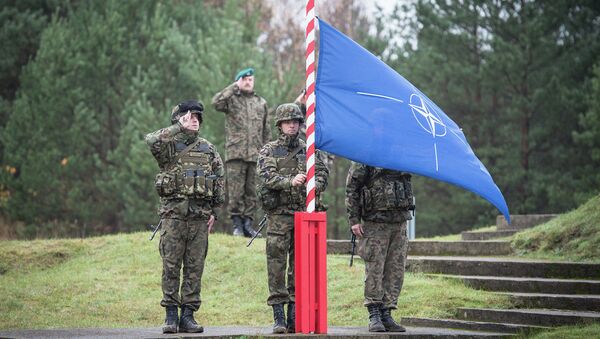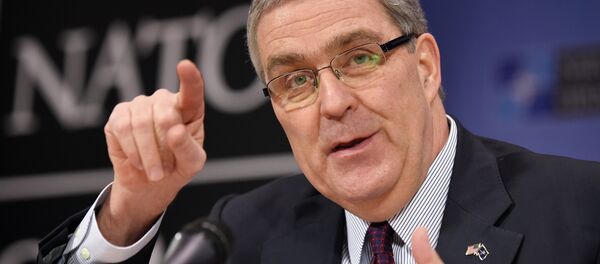"NATO said it would not extend eastwards, that was the plan. The decision taken in the 1990s to extend NATO even further towards the east is one of the bases of this conflict," Andrew Hunko said.
He quoted George Kennan, a US foreign policy expert who said in 1994 that the decision of the Clinton Administration to extend NATO toward Russia "was one of the most fateful mistakes of the US foreign policy since the Second World War."
"Russians said again and again that Ukrainian or Georgian membership in NATO is a red line for them," Hunko said.
US Defense Secretary Ashton Carter, en route to Europe earlier this week, warned of a wider and longer-term standoff with Russia as it continues to view Moscow as an active party to the conflict in southeastern Ukraine. Russia maintains it has no hand in the standoff between the government forces and Donbas independence militias.
NATO’s planned enlargement in Ukraine and Georgia, as well as widely reported plans to expand its military presence and missions in Eastern Europe and the Baltics, is viewed as a national security threat in Moscow.
On Tuesday, Carter committed to deploy 250 US battle tanks in seven Eastern European and Baltic nations, including Germany. US Permanent Representative to NATO Douglas Lute, meanwhile, pledged over 1,000 pieces of US military equipment in Europe by the end of 2015, which he claimed would not violate the NATO-Russia cooperation act.
The military alliance has seized all practical cooperation with Russia last year. This April, the Russian delegation’s team in the NATO headquarters was limited to 30 people.


